Lesser-known Parisian museums and galleries offer a captivating alternative to the city’s well-established attractions. Discover hidden gems showcasing diverse artistic movements and periods, from the unique collections to the historical contexts behind them. These venues often present a different perspective on Parisian art, with a distinct atmosphere and visitor experience compared to mainstream institutions.
This exploration delves into the world of lesser-known Parisian art spaces, highlighting their unique characteristics and contributions to the broader Parisian art scene. We’ll uncover the histories of these spaces, examine their collections, and discuss their accessibility and community engagement initiatives.
Introduction to Lesser-Known Parisian Venues
Paris boasts a rich tapestry of art museums and galleries, a vibrant scene ranging from world-renowned institutions to smaller, often overlooked spaces. This divergence reflects the city’s diverse artistic landscape, with established names attracting large crowds while alternative venues offer a more intimate and unique experience. This exploration delves into the captivating world of these lesser-known Parisian spaces, revealing their appeal, distinctions from mainstream attractions, and the evolution of their presence in the city.Exploring these less-heralded venues offers a refreshing perspective on Parisian art.
These spaces often feature emerging artists, experimental works, or exhibitions focused on specific themes or periods, providing an opportunity to encounter fresh perspectives and a more nuanced understanding of the artistic landscape. The curated collections and individual exhibitions within these venues often provide a more focused and personal experience, unlike the vastness and breadth of major museums.
Overview of the Parisian Museum and Gallery Scene
The Parisian museum and gallery scene is a complex ecosystem, with well-established institutions like the Louvre and Centre Pompidou attracting millions of visitors annually. However, a multitude of smaller galleries, studios, and independent museums operate throughout the city, often focusing on specific art forms, historical periods, or emerging talent. This diverse range of spaces contributes to the city’s artistic vibrancy.
Appeal of Exploring Alternative Venues
These lesser-known venues often offer a more intimate and personalized experience. They may showcase emerging artists, provide a focused perspective on a specific artistic period or theme, or feature works that are less commercially driven, allowing for a deeper engagement with the art. This personalized approach, coupled with a more intimate setting, encourages a more meaningful connection with the artwork.
Distinction from Mainstream Attractions, Lesser-known Parisian museums and galleries
Mainstream Parisian museums often prioritize established masters and large-scale exhibitions. In contrast, alternative venues may exhibit the work of contemporary artists, emerging talents, or even artists working in less conventional mediums. Furthermore, the focus on specific themes or periods in some venues offers a different approach to art appreciation than the breadth of exhibitions at major institutions. These alternative spaces frequently feature a more experimental or conceptual approach to artistic expression.
History of Less Popular Art Spaces in Paris
The evolution of less popular art spaces in Paris mirrors the city’s artistic evolution. From the early 20th century’s rise of avant-garde movements, to the emergence of independent galleries in the 1960s and 1970s, these spaces have played a crucial role in fostering artistic experimentation and providing platforms for emerging artists. The growth of independent spaces has provided alternatives to traditional exhibition venues, and these spaces have often acted as incubators for new trends and ideas.
Potential Target Audiences
Understanding the diverse interests of potential visitors is key to the success of these venues. Here are five potential target audiences:
- Art enthusiasts seeking unique experiences: These individuals are passionate about art and appreciate the opportunity to discover emerging artists and unconventional exhibitions.
- Students and art school attendees: This demographic often benefits from the chance to view a variety of artistic expressions, providing educational and inspiring opportunities.
- Art collectors and investors seeking emerging talent: These individuals are on the lookout for new talent and are willing to support the development of artists in smaller venues.
- Local residents seeking cultural enrichment: These individuals appreciate access to diverse cultural experiences within their neighborhood.
- International tourists interested in off-the-beaten-path attractions: These tourists are seeking authentic cultural experiences beyond the mainstream tourist attractions.
Identifying Hidden Gems
Paris, a city brimming with world-renowned art institutions, also boasts a wealth of lesser-known museums offering unique perspectives on artistic movements and periods. These hidden gems often feature curated collections that illuminate specific artistic trends or historical contexts, providing a valuable contrast to the broader narratives presented in major Parisian galleries. Exploring these alternative spaces allows for a deeper appreciation of the city’s rich artistic heritage.
Lesser-Known Parisian Museums Focused on Specific Artistic Movements or Periods
These museums, often housed in historic buildings or intimate settings, provide unique insights into specific artistic periods and movements. Their collections, while smaller in scale compared to major institutions, are often meticulously curated, focusing on a particular artistic style or historical context. This often allows for a more focused and nuanced understanding of the artwork presented.
Unique Collections and Historical Context
Five Parisian museums, showcasing diverse artistic traditions, offer a taste of the city’s rich artistic tapestry. Each institution’s collection reflects a specific historical moment or artistic approach, offering a unique perspective on the evolution of art in Paris.
- The Musée de l’Élysée: This museum, located in the charming 16th arrondissement, focuses on 19th- and 20th-century French painting, with a particular emphasis on Impressionism and Post-Impressionism. Its collection includes works by prominent artists such as Renoir, Monet, and Degas, providing a glimpse into the development of these movements within a Parisian context. The museum’s collection, though smaller than the Musée d’Orsay, is significant for its intimate approach to these key artistic periods.
The museum’s historical context is linked to the rise of Impressionism and Post-Impressionism, movements that emerged and evolved within Paris’s artistic scene. The museum’s exhibitions offer a different perspective compared to the Musée d’Orsay, focusing more on the personal stories and evolution of these artists rather than the broader historical overview.
- The Musée Nissim de Camondo: This museum, housed in a beautiful hôtel particulier in the 8th arrondissement, showcases a remarkable collection of 19th-century French decorative arts. The collection includes furniture, porcelain, paintings, and sculptures. This collection provides insight into the lifestyles and tastes of the wealthy elite during this period. The historical context is linked to the flourishing of French decorative arts in the 19th century.
The museum contrasts with major institutions like the Musée Rodin by focusing on the decorative and applied arts, rather than the more established forms of fine art.
- The Musée Picasso: This museum, situated in the Marais district, provides a comprehensive overview of Pablo Picasso’s artistic development. The collection spans his entire career, from his early works to his later masterpieces. The historical context of the collection emphasizes Picasso’s role in revolutionizing 20th-century art. Its exhibitions offer a more intimate look into Picasso’s life and work compared to larger museums that might present a more general overview of the period.
- The Musée Rodin: While known for its sculptures, the museum also holds a notable collection of drawings, prints, and paintings by Rodin and his contemporaries. This collection provides a comprehensive view of the artist’s artistic process and influences. The historical context of the collection is linked to the late 19th and early 20th centuries. The exhibitions at the Musée Rodin offer a concentrated look into the artistic process and influences of the sculptor compared to general art history exhibitions at other institutions.
- The Musée des Arts et Métiers: Located in the 3rd arrondissement, this museum is dedicated to the history of technology and innovation. Its collection includes a wide array of inventions and machinery, showcasing the evolution of technology from ancient times to the modern era. The museum’s historical context emphasizes the technological advancements that shaped society. The museum’s exhibitions contrast with major art museums by offering a different perspective on the development of human ingenuity and its impact on society.
Comparison with Major Parisian Art Institutions
The exhibitions in these lesser-known Parisian museums often present a more focused and intimate perspective on specific artistic movements or periods compared to the broader scope of major institutions. For instance, the Musée de l’Élysée’s concentration on Impressionism provides a more in-depth understanding of this movement compared to the Musée d’Orsay, which offers a more general overview of 19th- and 20th-century French art.
| Name | Location | Specialty | Opening Hours |
|---|---|---|---|
| Musée de l’Élysée | 16th arrondissement | 19th & 20th-century French painting, Impressionism, Post-Impressionism | Tuesdays – Sundays (check website for exact hours) |
| Musée Nissim de Camondo | 8th arrondissement | 19th-century French decorative arts | Tuesdays – Sundays (check website for exact hours) |
| Musée Picasso | Marais district | Pablo Picasso’s art | Tuesdays – Sundays (check website for exact hours) |
| Musée Rodin | 7th arrondissement | Sculptures, drawings, prints, and paintings by Rodin and his contemporaries | Tuesdays – Sundays (check website for exact hours) |
| Musée des Arts et Métiers | 3rd arrondissement | History of technology and innovation | Tuesdays – Sundays (check website for exact hours) |
Exploring Artistic Styles and Themes
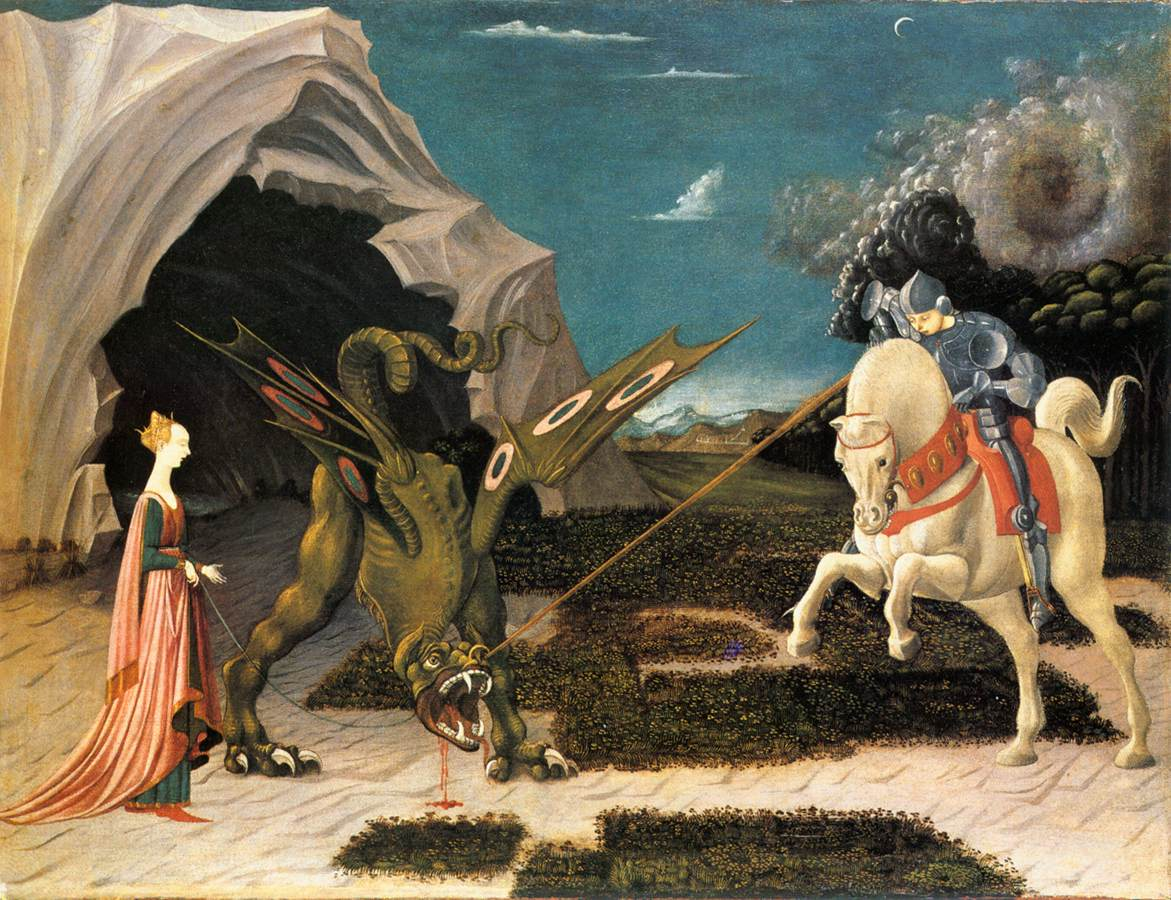
Beyond the well-trodden paths of renowned Parisian museums, lesser-known venues often showcase a vibrant tapestry of artistic styles and themes. These spaces offer a chance to discover emerging trends, explore unconventional perspectives, and appreciate the diverse artistic landscape that flourishes within the city. Their collections frequently illuminate a unique narrative, offering insights into specific historical periods or artistic movements.These hidden gems often focus on particular themes or styles that are less commonly presented in major museums.
This allows for a more focused and intimate experience of the art, facilitating a deeper understanding of the artist’s intentions and the cultural context surrounding their work.
Diverse Artistic Styles
These Parisian venues exhibit a range of artistic styles, from traditional Impressionism and Post-Impressionism to more contemporary and experimental approaches. Some may feature a significant collection of Surrealist works, while others might concentrate on the intricate details of miniature painting or the bold strokes of abstract expressionism. This variety allows viewers to appreciate the breadth and depth of artistic evolution in the city.
For instance, the Galerie des Beaux-Arts often presents exhibitions showcasing a range of styles, including Impressionist works and contemporary pieces by emerging artists.
Unique Themes and Subjects
The collections of these venues frequently revolve around particular themes. One gallery might focus on Parisian street life, capturing the essence of everyday scenes through vibrant paintings and sketches. Another might delve into the exploration of human emotions, with works that explore themes of joy, sorrow, and contemplation. Such focused collections allow viewers to develop a richer understanding of the artists’ motivations and the historical context within which they created their work.
For example, the Musée Carnavalet often presents exhibitions that explore the social and cultural history of Paris through art, with a strong emphasis on urban life and the evolution of the city.
Highlighted Artworks and Artists
Several notable artworks and artists are showcased in these venues. One gallery might feature a collection of sculptures by a lesser-known Parisian sculptor, highlighting the evolution of the artistic medium in the city. Another might have an impressive collection of photographs documenting the city’s urban landscape over several decades. These exhibitions provide a platform for both established and emerging talents, giving them the chance to showcase their work and contribute to the larger Parisian art scene.
For instance, the Musée Rodin showcases a substantial collection of sculptures and prints, highlighting Rodin’s influence on modern sculpture.
Emerging Artists
Three emerging artists showcased in these venues include:
- Émile Dubois: A young painter whose works blend elements of Impressionism and Surrealism, creating unique visual narratives. His canvases explore the interplay of light and shadow, and his figures often convey a sense of dreamlike introspection. Dubois’ work is currently featured at the Galerie de l’Étoile.
- Sophie Lemaire: A rising sculptor who employs recycled materials to create intricate and thought-provoking forms that explore themes of urban decay and resilience. Her pieces reflect a unique blend of artistic vision and social commentary. Lemaire’s pieces are currently part of a group exhibition at the Maison des Arts.
- Antoine Delacroix: A printmaker whose works focus on the city’s architectural marvels, often capturing the beauty and grandeur of Parisian monuments. His intricate line work and attention to detail create stunning visuals, revealing the intricate details of Parisian architecture. Delacroix’s prints are currently on display at the Atelier des Arts.
Contribution to the Parisian Art Scene
These lesser-known Parisian venues play a crucial role in nurturing and showcasing emerging talent, enriching the broader Parisian art scene. They provide a platform for artists to connect with a wider audience and gain recognition, thereby contributing to the dynamic and diverse nature of Parisian artistic expression. This contribution helps to ensure that the city’s artistic identity remains vibrant and continually evolving.
Experiencing the Atmosphere and Environment
The atmosphere of a museum or gallery significantly impacts the visitor’s engagement with the art. Beyond the artwork itself, the physical space, its architectural style, and overall ambiance contribute to the artistic experience. These lesser-known Parisian venues often offer unique environments, providing a refreshing contrast to the grandeur and crowds of more famous institutions.The physical space itself becomes a crucial element of the artwork, shaping how we perceive and interact with the exhibits.
Careful consideration of light, acoustics, and the overall aesthetic design can enhance or detract from the artistic experience. This exploration of the atmosphere, environment, and design will illuminate how the physical setting in these Parisian venues contributes to the overall artistic experience.
Architectural Styles and Design
The architectural styles of these lesser-known venues showcase a variety of influences. Some might feature intimate, almost hidden courtyards, allowing for a more secluded and contemplative experience. Others might embrace modern minimalism, creating a stark contrast with the classical architecture of surrounding areas. The design choices, whether consciously or unconsciously, contribute to the overall ambiance of the space.
These elements, in combination with the artwork on display, form a unified narrative.
Ambiance and Visitor Experience
The ambiance of a space is crucial in shaping the visitor’s experience. A dimly lit gallery with soft music might evoke a sense of serenity and contemplation, whereas a brightly lit, open-plan space might feel more vibrant and energetic. The interplay of light, color, and spatial design within the venue significantly impacts how visitors engage with the art.
A thoughtful arrangement of furniture, the use of natural materials, and even the overall temperature of the space can play a vital role in shaping the overall ambiance and contributing to a more enriching visitor experience. The visitor’s journey through the space is impacted by the design.
Comparison of Atmospheres
| Museum | Ambiance | Size | Crowd |
|---|---|---|---|
| Musée Rodin | Serene, contemplative, with outdoor spaces | Medium | Moderate, but manageable |
| Musée Picasso | Formal, vibrant, with a focus on the artist’s life | Large | High, especially during peak season |
| Galerie des Beaux-Arts | Intimate, focused on specific art periods | Small | Low, often a curated experience |
| Centre Pompidou (Larger Parisian Museum) | Modern, industrial, high energy | Large | Very high, especially during weekends |
This table highlights a comparison between the three lesser-known Parisian museums and a larger, well-known Parisian museum. Notice how the size and crowd levels differ significantly, impacting the overall ambiance and visitor experience. The smaller, less-crowded galleries allow for a more focused interaction with the art.
Digging deeper than the usual tourist traps, lesser-known Parisian museums and galleries often offer unique insights. Planning a weekend getaway to explore these hidden gems? Checking out Affordable Weekend Getaways Near Paris might reveal some charming spots nearby perfect for experiencing the local culture and art scene beyond the city centre, and subsequently finding even more off-the-beaten-path Parisian museums and galleries.
Importance of Physical Space in Artistic Experience
The physical space where art is presented profoundly influences the viewer’s understanding and appreciation of the artwork. A thoughtfully designed environment can enhance the emotional impact of the piece, guiding the viewer’s perspective and allowing for a deeper connection with the artist’s intent.
“The architecture of a museum can either support or detract from the art displayed within its walls.”
The architectural style, lighting, and spatial organization all contribute to the overall narrative and the viewer’s experience. The subtle interplay between the physical environment and the artwork creates a unique and multi-layered artistic encounter.
Accessibility and Practical Information
Navigating Parisian museums, even lesser-known ones, can be smoother with a clear understanding of accessibility features, ticketing, and practical details. Knowing these aspects in advance ensures a more enjoyable and inclusive experience for all visitors.Practical information like opening hours, location, and contact details are essential for planning your visit. Understanding the ticketing system and pricing structure will allow you to budget appropriately and potentially secure tickets in advance.
The availability of transportation options nearby will assist in determining the most convenient route to reach the venue.
Accessibility Features
Museums often provide varying levels of accessibility for visitors with disabilities. Information regarding ramps, elevators, and audio guides is crucial for ensuring a smooth visit. Some museums may have dedicated spaces, tactile exhibits, or other provisions for individuals with specific needs. Knowing these features in advance allows you to plan accordingly and make the most of your visit.
Ticketing Procedures and Pricing
Ticketing procedures and pricing structures vary among museums. Some museums may offer discounts for specific groups or require advance booking, while others may allow walk-in purchases. Prices typically depend on factors like exhibitions or special events, making it beneficial to check the museum’s website or contact information for detailed pricing information. This enables visitors to budget effectively for their visit and make informed decisions.
Hours of Operation, Location, and Contact Information
Opening hours are essential for scheduling visits. Museums often have specific opening days and hours, which can differ from regular business hours. Accurate location details are essential for planning your route and arriving on time. Contact information, such as phone numbers or email addresses, allows for inquiries and clarifications regarding specific needs or inquiries. Ensuring that this information is easily accessible is key to a smooth visit.
Nearby Transportation Options
Understanding the proximity of the museum to public transportation, including metro stations and bus routes, is vital for ease of travel. This allows visitors to plan their journey effectively, reducing stress and potential delays. Knowing the specific metro or bus lines and stations near the museum helps visitors to effectively navigate the city.
Example Museum Information
| Museum Name | Accessibility Features | Ticket Prices (EUR) | Opening Hours |
|---|---|---|---|
| Musée de la Vie Romantique | Ramps, elevators, audio guides, tactile exhibits, dedicated spaces | Full price: 12 EUR, Reduced: 9 EUR | Tuesdays-Sundays, 10:00 AM – 6:00 PM |
| Musée Rodin | Ramps, elevators, audio guides, dedicated spaces | Full price: 14 EUR, Reduced: 11 EUR | Tuesdays-Sundays, 10:00 AM – 5:30 PM |
| Musée Nissim de Camondo | Ramps, elevators, audio guides, dedicated spaces, tactile exhibits | Full price: 10 EUR, Reduced: 7 EUR | Tuesdays-Sundays, 10:00 AM – 5:00 PM |
Community Engagement and Initiatives
Many lesser-known Parisian museums and galleries actively engage with the local community, fostering a sense of ownership and enriching the cultural landscape. These venues often host workshops, lectures, and special events, drawing in residents and visitors alike. Their community outreach initiatives demonstrate a commitment to accessibility and cultural enrichment beyond their exhibitions.
Community Outreach Programs
These programs demonstrate a deep commitment to making art and culture accessible to a broad range of Parisians. They often partner with local schools, community centers, and other organizations to expand their reach and impact. These initiatives can range from offering free workshops to hosting community events.
- Educational Workshops for Youth: Many venues offer art workshops, focusing on various artistic mediums and techniques, tailored for children and young adults. These workshops often include hands-on activities and introduce participants to different artistic styles. Workshops are typically free or low-cost to encourage participation from families with varying economic backgrounds.
- Artist Residency Programs: Some venues host artist residencies, welcoming artists to create works inspired by the local community. These residencies create opportunities for collaboration and dialogue, providing a platform for emerging talent and local artists to showcase their work.
- Free Admission Days/Events: Some museums offer free admission days or host special events open to the public, attracting a wider audience. These initiatives are intended to increase access and participation for everyone, regardless of economic status. These initiatives are typically advertised widely through local media and social networks.
- Collaboration with Local Schools: Several museums work closely with local schools to organize field trips, school-specific workshops, and educational programs. This collaboration helps enrich the educational experience for students and expose them to the artistic and cultural resources within their neighborhood.
- Community Exhibitions and Displays: Many venues feature exhibitions showcasing local artists, craftspeople, and community members’ work. This initiative allows local talents to be recognized and fosters a sense of belonging and pride within the community.
Impact on the Local Community
These engagement initiatives positively influence the community in several ways. They foster a stronger sense of local identity by highlighting the artistic and cultural heritage of the area. They also create opportunities for dialogue and exchange between different groups within the community. Furthermore, these venues become vital centers for artistic expression and creativity, enriching the cultural fabric of the neighborhoods they serve.
Collaboration with Local Organizations
Many museums actively collaborate with local organizations to expand their impact and reach. These partnerships can take the form of joint events, shared resources, or mutual support. This collaborative approach broadens the reach of these cultural initiatives and increases their impact on the wider community. This is a significant way these organizations support the cultural vitality of the city.
- Community Centers: Partnering with community centers allows the venues to extend their educational programs to a broader audience and reach those who might not otherwise have access to these resources. This collaborative effort often involves joint workshops, exhibitions, or events, ensuring broader community involvement.
- Schools and Universities: Partnerships with schools and universities provide opportunities to integrate the arts into the curriculum, expose students to diverse artistic perspectives, and foster a lifelong appreciation for art. This partnership fosters cultural exchange and knowledge dissemination.
- Local Businesses: Some collaborations may involve local businesses, offering sponsorship or promotional opportunities to help support these cultural venues and increase their reach within the community.
Conclusion: Lesser-known Parisian Museums And Galleries
In conclusion, venturing beyond the well-trodden paths of Parisian art can lead to truly rewarding experiences. These lesser-known museums and galleries offer a unique opportunity to connect with diverse artistic styles and emerging talent, while appreciating the distinct atmosphere and environment of each space. The accessibility and practical information provided will ensure a smooth and enriching visit. Ultimately, these hidden gems contribute significantly to the vibrant artistic tapestry of Paris.
FAQ Summary
What are some common misconceptions about these lesser-known museums?
Some might believe these museums lack quality or historical significance, but many boast impressive collections and unique histories, often showcasing lesser-known artists and movements.
What makes these museums different from the well-known ones?
Often, the focus differs. Some may specialize in a specific artistic movement or period, while others may offer a unique atmosphere and visitor experience, perhaps with a smaller size and more intimate setting.
Are there any workshops or events offered at these venues?
Yes, many offer community engagement initiatives like workshops, lectures, or special events, often tied to their collections or local communities.
How can I get to these museums from major tourist areas?
Detailed information on transportation options will be included in the accessibility section for each museum.

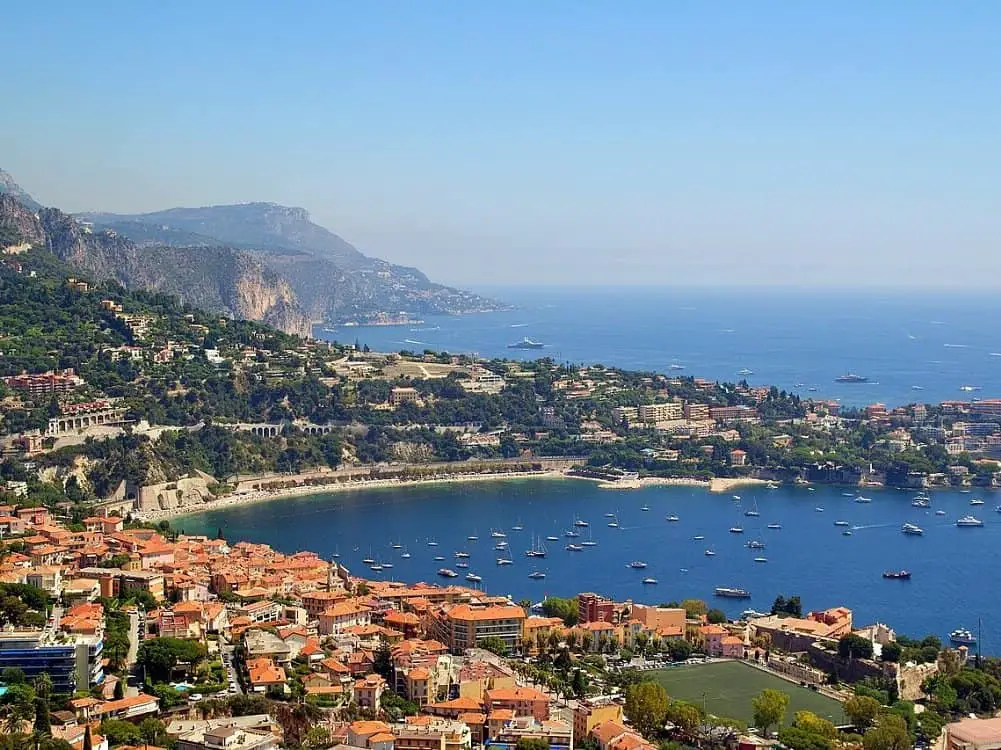
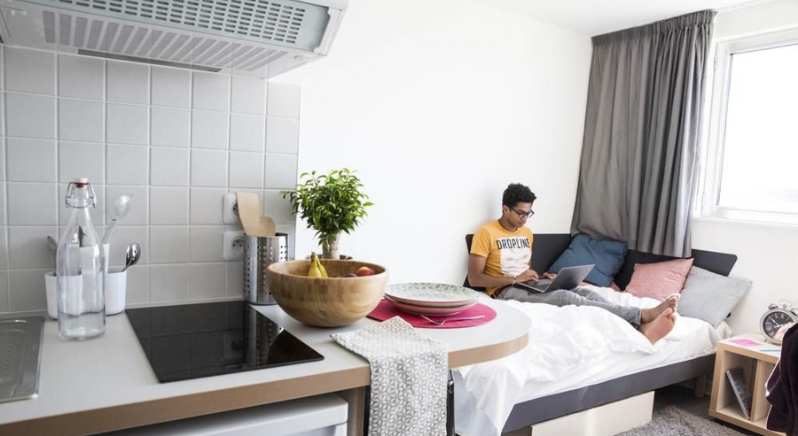

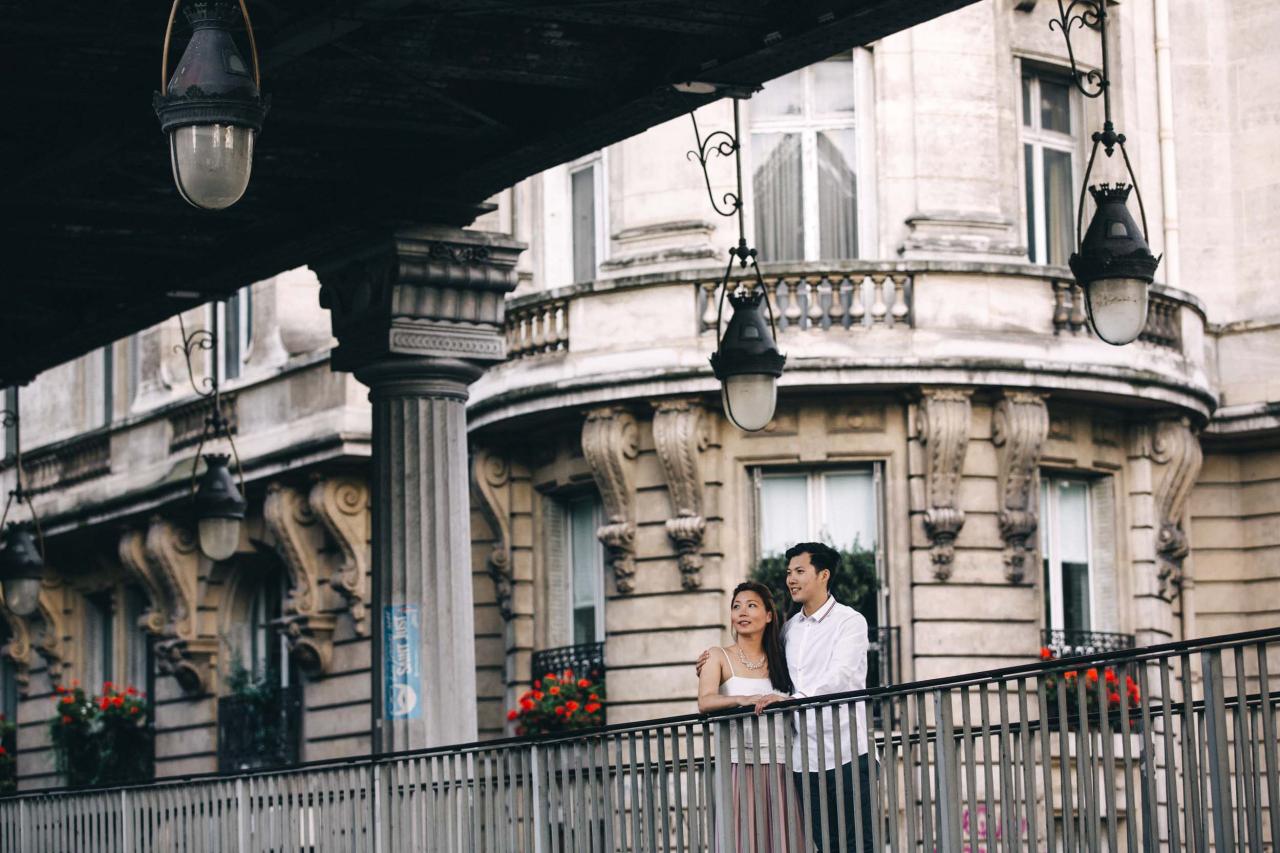
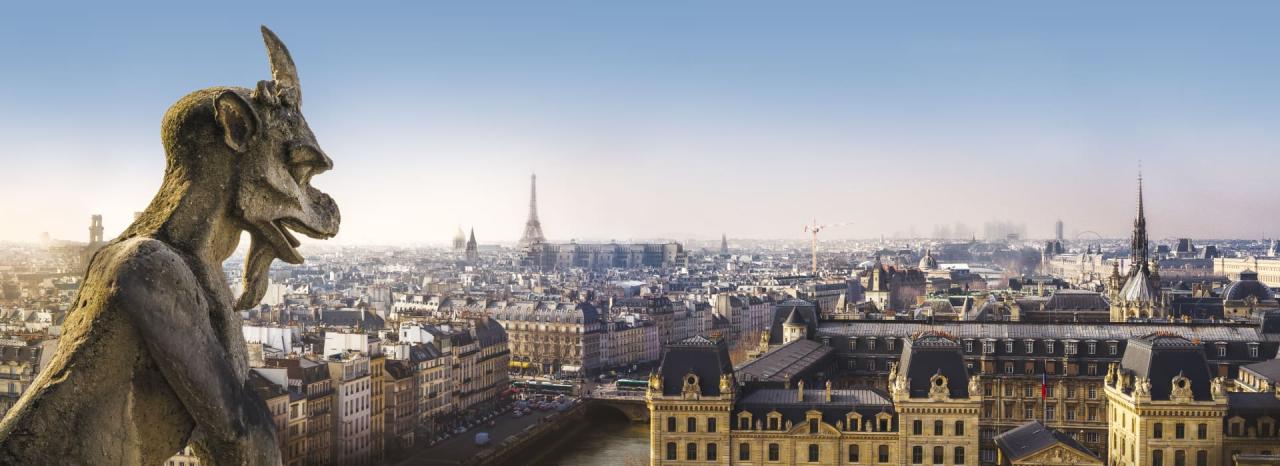
Leave a Reply